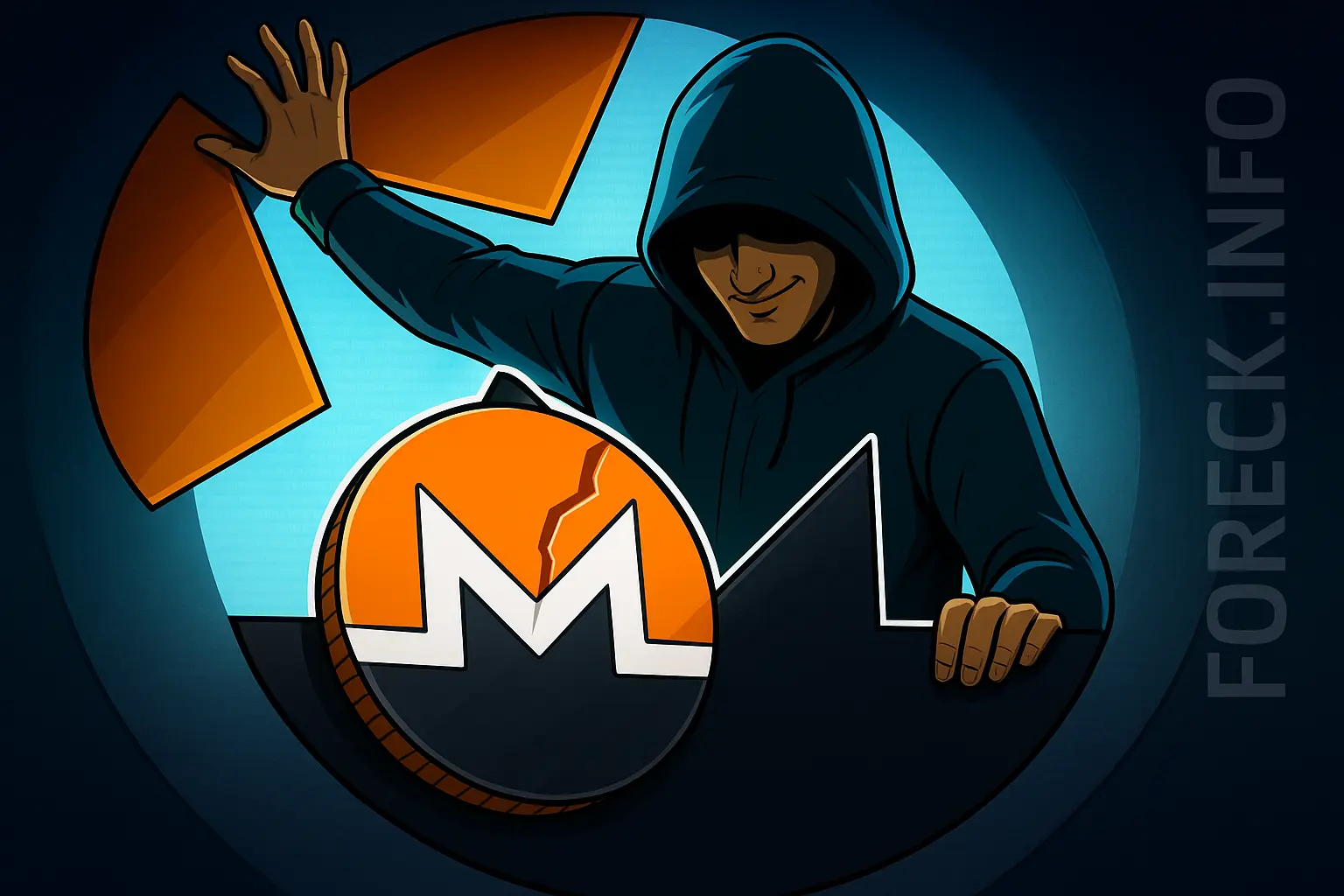The statement was backed by analysts from The Block, BitMEX Research, Kaspa developer Shai Wyborski, and the wider Monero community.
Monero Re-org & Qubic
— BitMEX Research (@BitMEXResearch) August 12, 2025
It seems like there may have been a delibrate 6 block re-org on Monero $XMR from Qubic mining. The target time is 2 minutes, therefore the re-org length is quite small. However, it is not clear if there was a double spend attack or if this was just selfish… https://t.co/RUbwdCk55A
Shai ❤️ Deshe 💜 Wyborski 💙 (大胡子) @ deshe.kas
Attached is a report of my thoughts and analysis about the @_Qubic_ vs. @monero feud.
— Shai ❤️ Deshe 💜 Wyborski 💙 (大胡子) @ deshe.kas (@DesheShai) August 15, 2025
Qubic commissioned this report from me, but with a mutual desire for impartiality.
I hope you enjoy the ride.https://t.co/TQx50A5PCe
Hyperfusion cofounder and CIO Alex Petrov also told ForkLog that the alleged attack looked more like a PR maneuver than an actual threat.
Questionable Metrics
According to RIAT, the numbers simply don’t add up. At the time of the supposed attack, Monero’s hashrate was around 6.25 GH/s. Qubic, however, reported a peak of only 2.6 GH/s — far below the threshold needed to reach majority control of the network.
Researchers further noted that Monero’s real computing power is likely even higher than published figures, since solo miners and botnets are not fully reflected in pool statistics.
They also emphasized that Qubic could have provided verifiable proof by releasing a view key. That would have offered on-chain evidence of their mining activity.
What Actually Happened
RIAT’s investigation suggests Qubic did manage to mine 51 out of 100 consecutive blocks at one point. But that, they stressed, is not the same as holding 51% of the total network hashrate — it was more a streak of temporary luck.
This led to a short-lived reorganization of six blocks. Still, most Monero exchanges and wallets require 10 confirmations before crediting deposits, meaning the reorg was insufficient to roll back fully confirmed transactions.
Researchers added that Qubic appeared to use a “selfish mining” tactic, where blocks are withheld and then broadcast later to exaggerate visible hashrate. Even so, the attempt failed to achieve anything of real consequence.
Motives and Market Impact
The analysis points to a possible motive: manipulating Monero’s market price. By creating panic over a non-existent 51% attack, exchanges could accumulate reserves of XMR at cheaper rates. Historically, many centralized platforms have not always maintained full Monero holdings.
Following Qubic’s announcement, most centralized exchanges paused XMR withdrawals — with Kraken being a notable exception. Kraken clarified that its temporary suspension of deposits was only a precautionary step in response to public claims, not proof of any actual network breach.
The Bigger Picture
RIAT concluded that the episode highlights the need for critical evaluation of data and reinforces why decentralized mining remains a cornerstone of Monero’s security.

